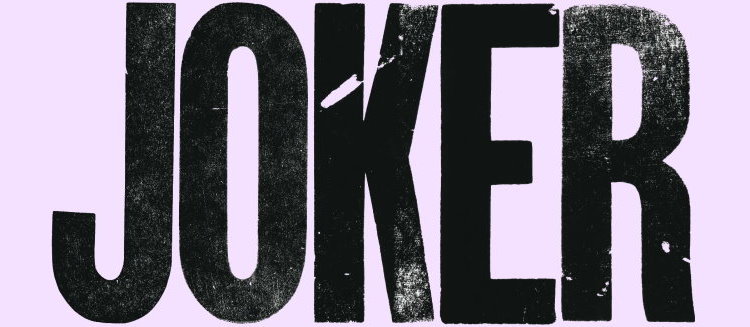IMAGE CREDIT: Warner Bros. under Public Domain
Superhero movies have taken over the world of cinema. CNBC reports that Disney has made over $18.2 billion at the global box office since they acquired Marvel back in 2009. This has led to a superhero movie arms race, as companies continue to churn out film after film starring the world’s most famous superheroes. And while this isn’t inherently bad (as this has led to some pretty entertaining superhero films), the genre is getting quite saturated with movies that are all starting to look and feel the same.
However, this all changed when Joker was released last year. The film pretty much broke the superhero movie mold. It did this by exploring a darker side of the genre by diving into the demented psyche of its titular character. Instead of following a hero, Joker is all about a failed stand-up comic, Arthur Fleck. The film follows Fleck’s descent into madness as he turns into the Clown Prince of Crime that we all love to hate.
Joker also managed to break the monotony of the superhero film genre by approaching filmmaking from a different angle. Unlike cookie-cutter superhero movies, Joker took a more artistic approach, especially when it came to cinematography. This was a conscious effort on the filmmakers’ part, as the film’s cinematographer, Lawrence Sher, has talked about how they wanted to make sure that the film’s visuals were complementary to the story and themes that they were trying to portray on the big screen. These types of artistic shots are made possible with today’s evolving technology in the world of cinematography. The array of professional video cameras and lenses featured on Adorama underscores just how diverse the equipment has become. Now that there are better action cameras for outdoor shots and smaller cameras for more intimate scenes, it’s easier to deal with any issues that filmmakers may come across. For the case of Joker, it also allowed the cinematographer more creative freedom. Sher pointed out that the use of longer lenses allowed them to capture scenes that served as “an almost voyeuristic view into [Joker’s] life,” while the use of wider lenses let audiences feel as if they had private moments with the character.
Another thing that the film has going for it is its unique use of color grading. This Medium article showcases the variety of color grading choices made for the movie, and breaks down how the team behind the film meticulously crafted the visuals using the latest color grading software. The team behind Joker took full advantage of all the tools they had at their disposal, all of which resulted in a nomination for Best Cinematography at the 92nd Academy Awards.
Now, like all great films, the jury is still out on Joker, as it’s one of the most divisive films to be released in recent memory. One of the most contested aspects of the film is the ending. Some people are convinced that the ending of the film is more open-ended than we are led to believe. If you want to know what we think about this, read on as we break down Joker’s ending.
Joker Ending Explained
None Of It Was Real
The film ends with Fleck in a mental institution after all the chaos he caused. While this may seem pretty straightforward, some claim that none of the events in the film actually happened — that it was all just a delusion caused by Fleck’s deteriorating mind. This isn’t impossible, as the film shows us how his delusions can sometimes take over the narrative as shown in several scenes (his date with Sophie and his first interaction with Franklin Murray comes to mind). Little details like all the clocks in the film being set to one time only strengthen this theory, as it may have been a clue left by the people behind the making of the film.
Arthur Fleck Isn’t Joker
The film culminates with riots happening across Gotham City – normal citizens rally after being inspired by Fleck’s brazen acts of defiance against a world that doesn’t care for those living at its fringes. To show their solidarity with Fleck, everyone involved in the riots wear clown masks or clown makeup. This has led some people to believe that Fleck isn’t Joker but is the figure that inspired Joker to be Joker. The most solid piece of evidence here is Fleck’s age. It’s unlikely that Fleck is the Joker that Batman fights against, as Bruce Wayne is still a kid when the events of Joker are happening.
Verdict
If you’re looking for a canon ending, then you aren’t going to get one, as Todd Phillips himself refuses to debunk any of the theories that people have come up with. However, we do lean towards one specific theory more than any other. Our bet’s on Fleck not being the Joker that battles Batman. Age is pretty much the deciding factor here, as Fleck would just be too old by the time Bruce Wayne turns into Batman.
If you’re looking for more pieces like this, check out the rest of the articles under our Film Explanation section. We recommend checking out our take on 2018’s psychological thriller, Cam!
.

Barry is a technologist who helps start-ups build successful products. His love for movies and production has led him to write his well-received film explanation and analysis articles to help everyone appreciate the films better. He’s regularly available for a chat conversation on his website and consults on storyboarding from time to time.
Click to browse all his film articles
